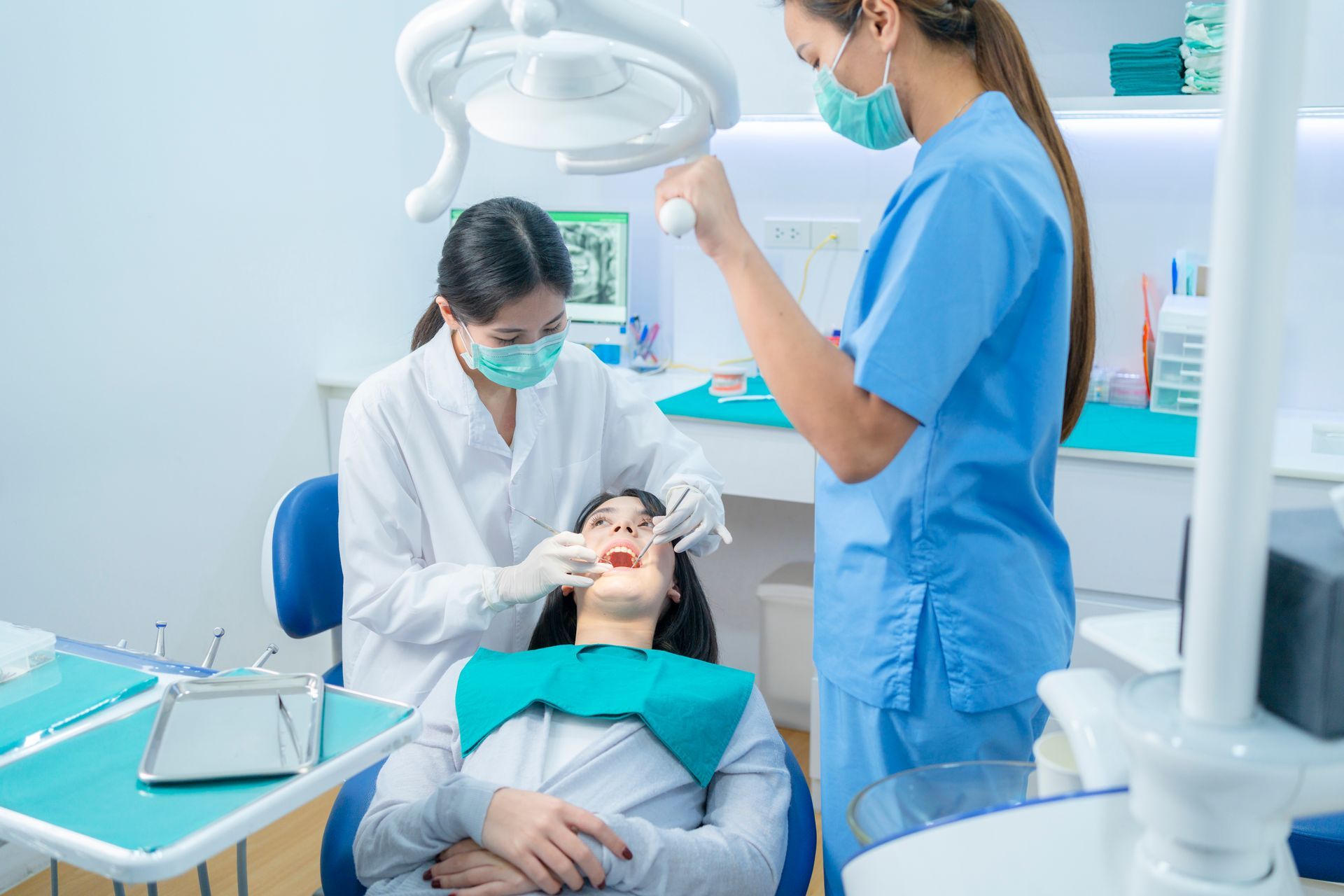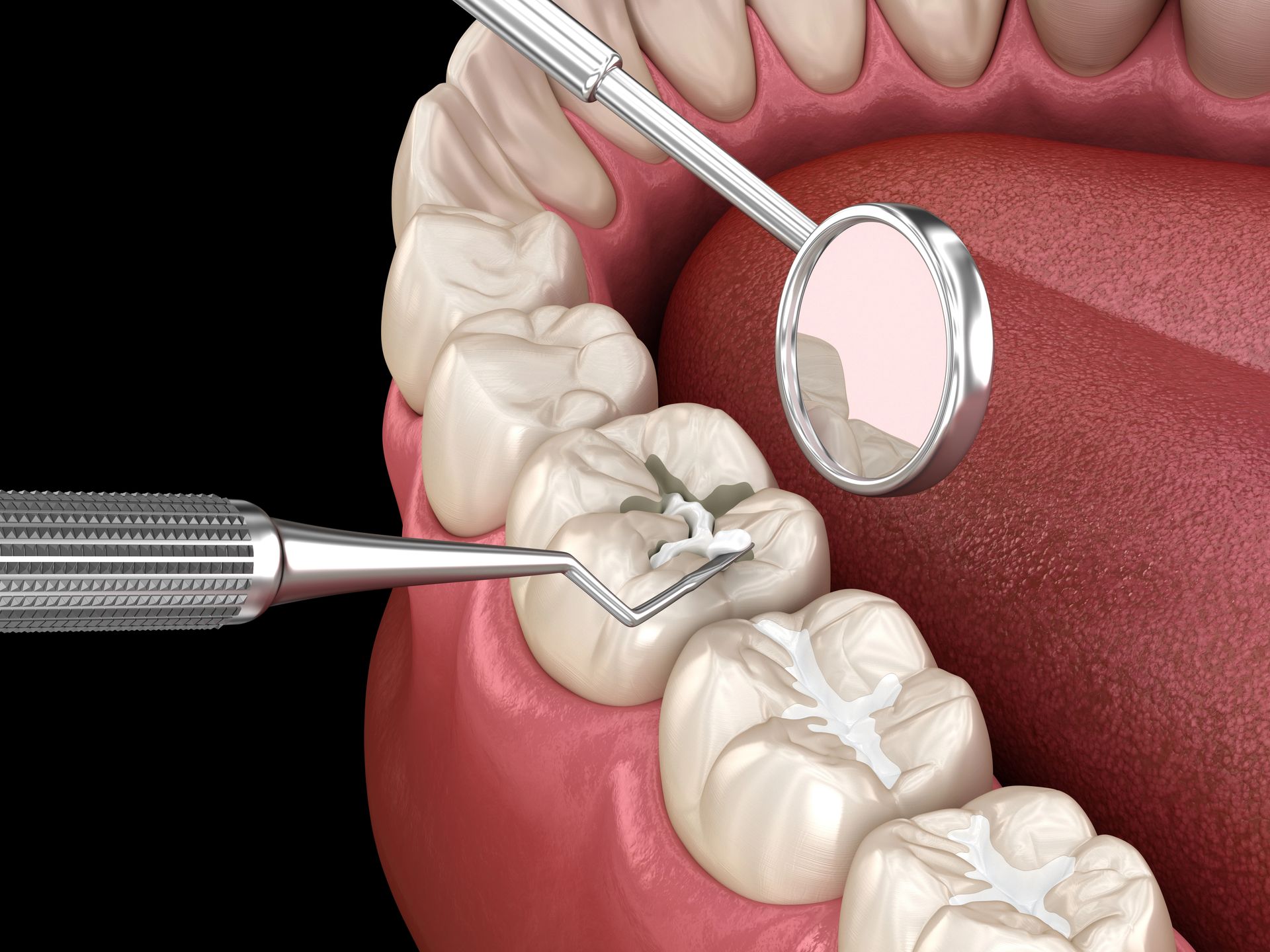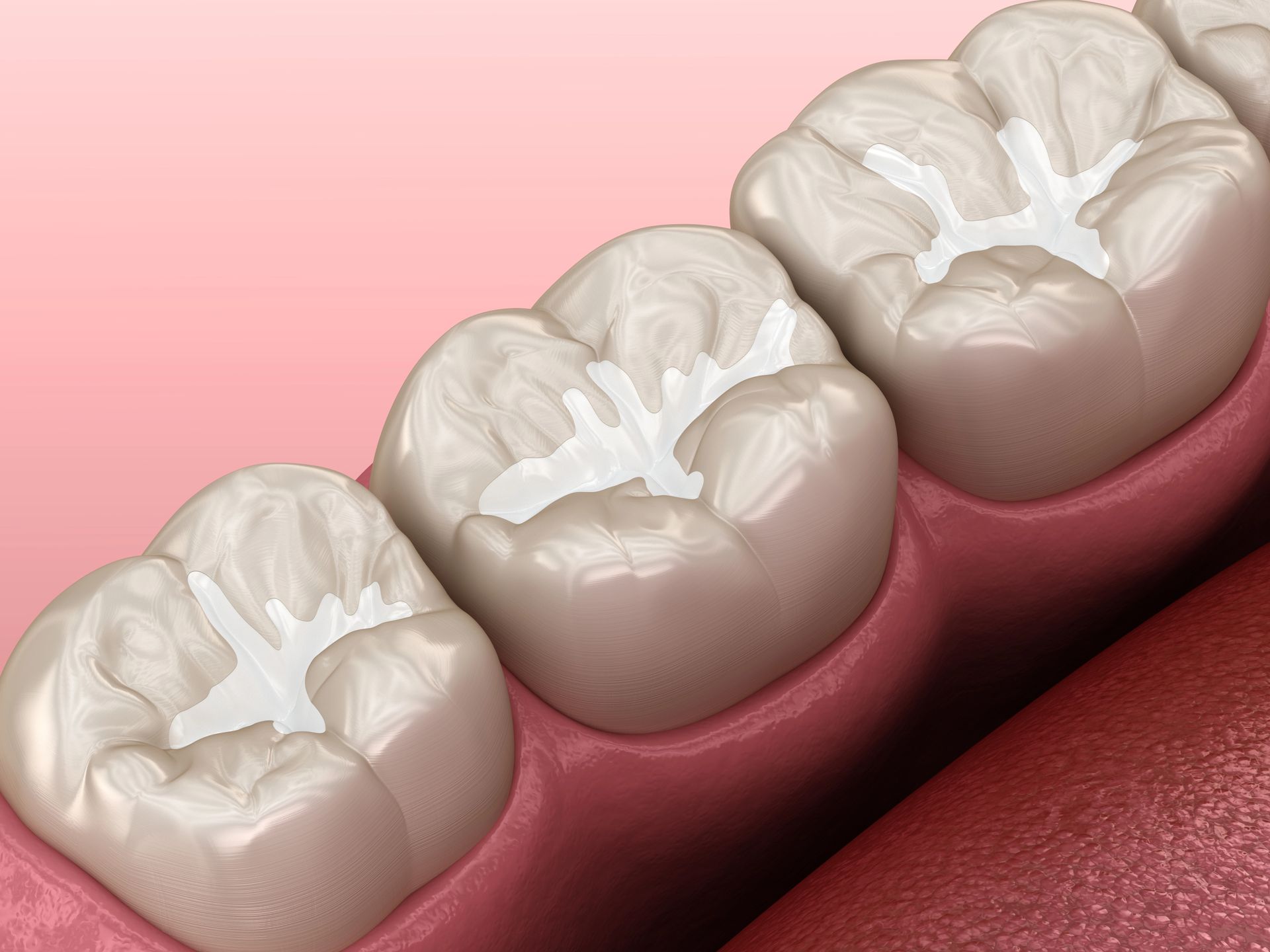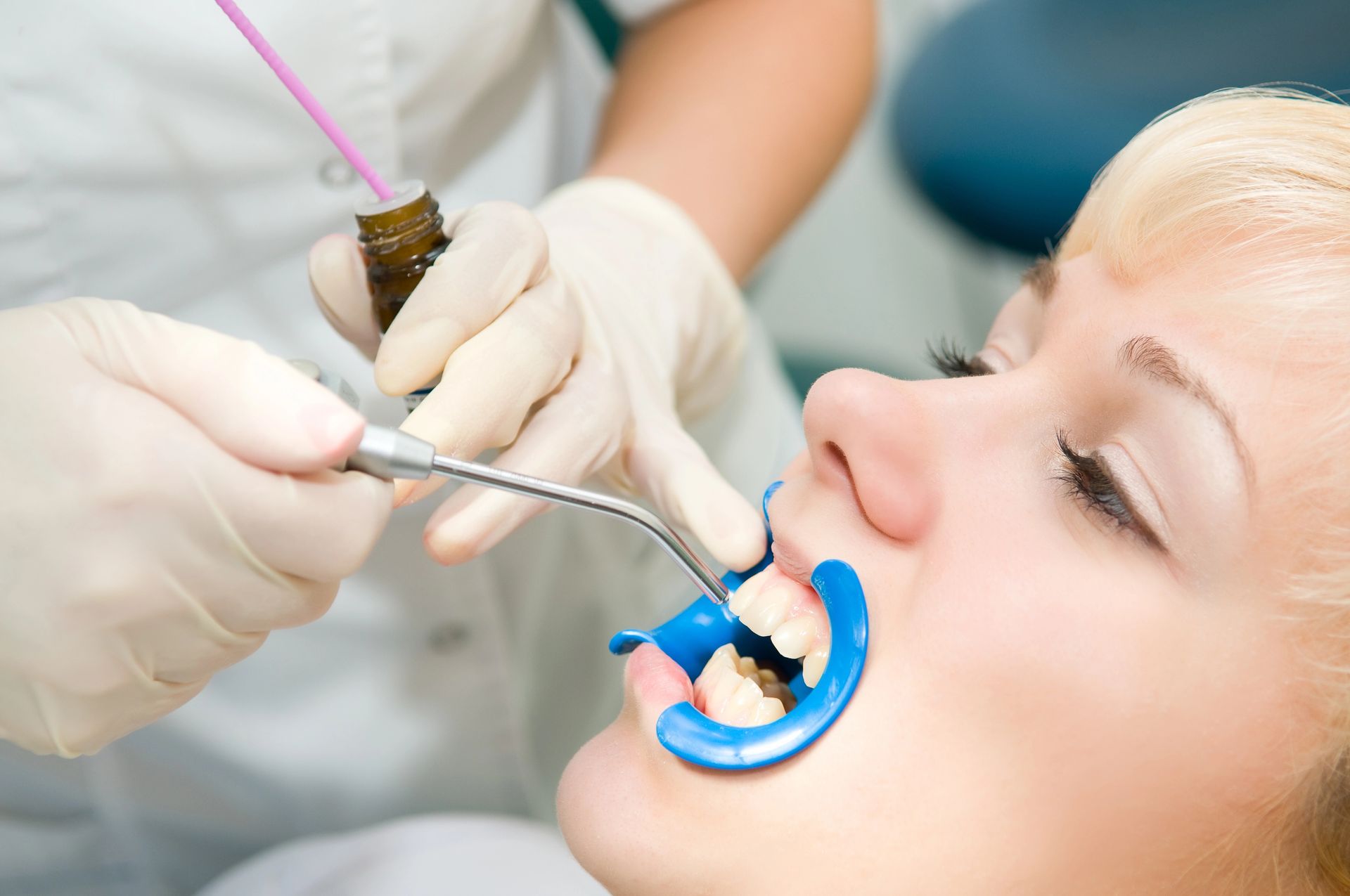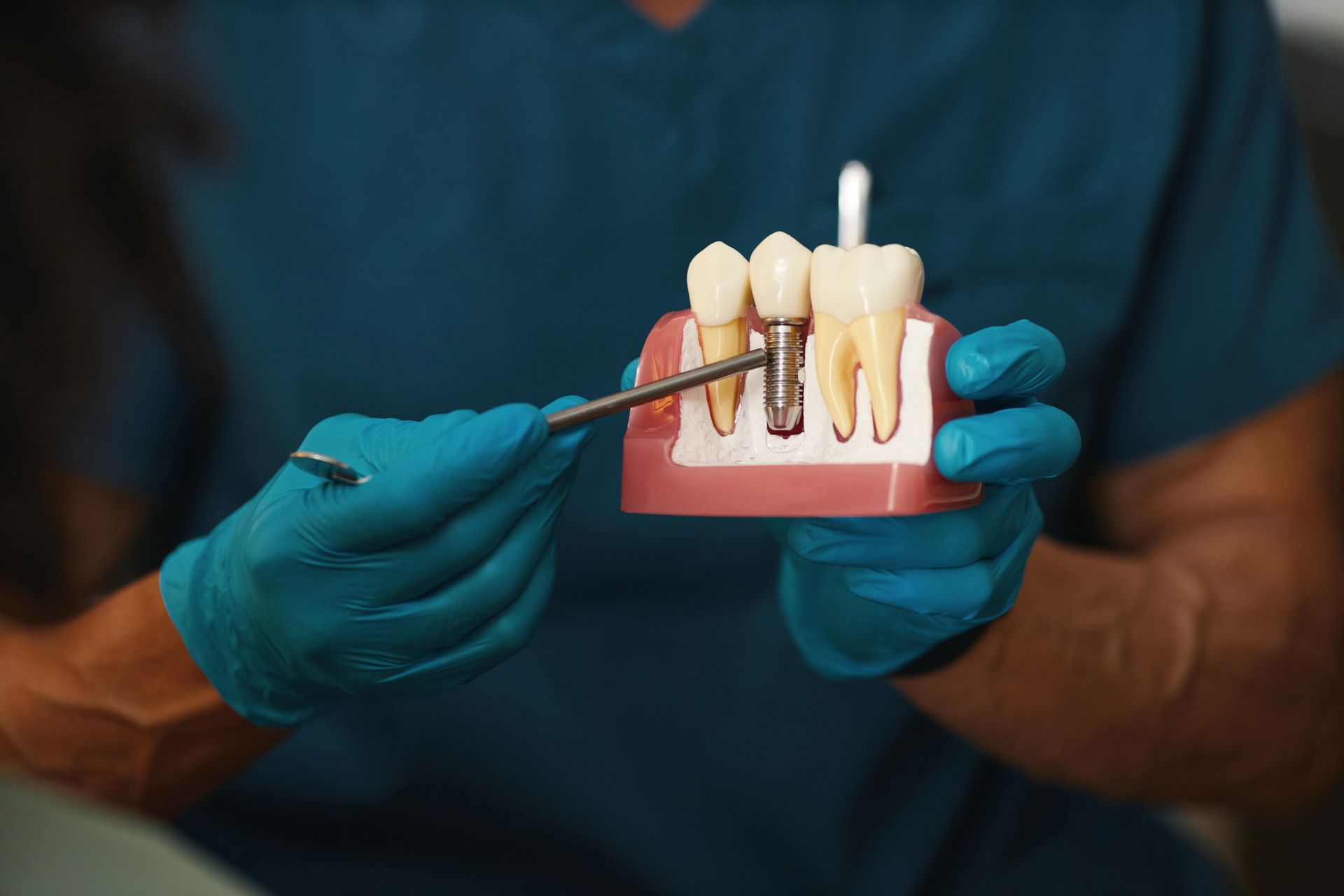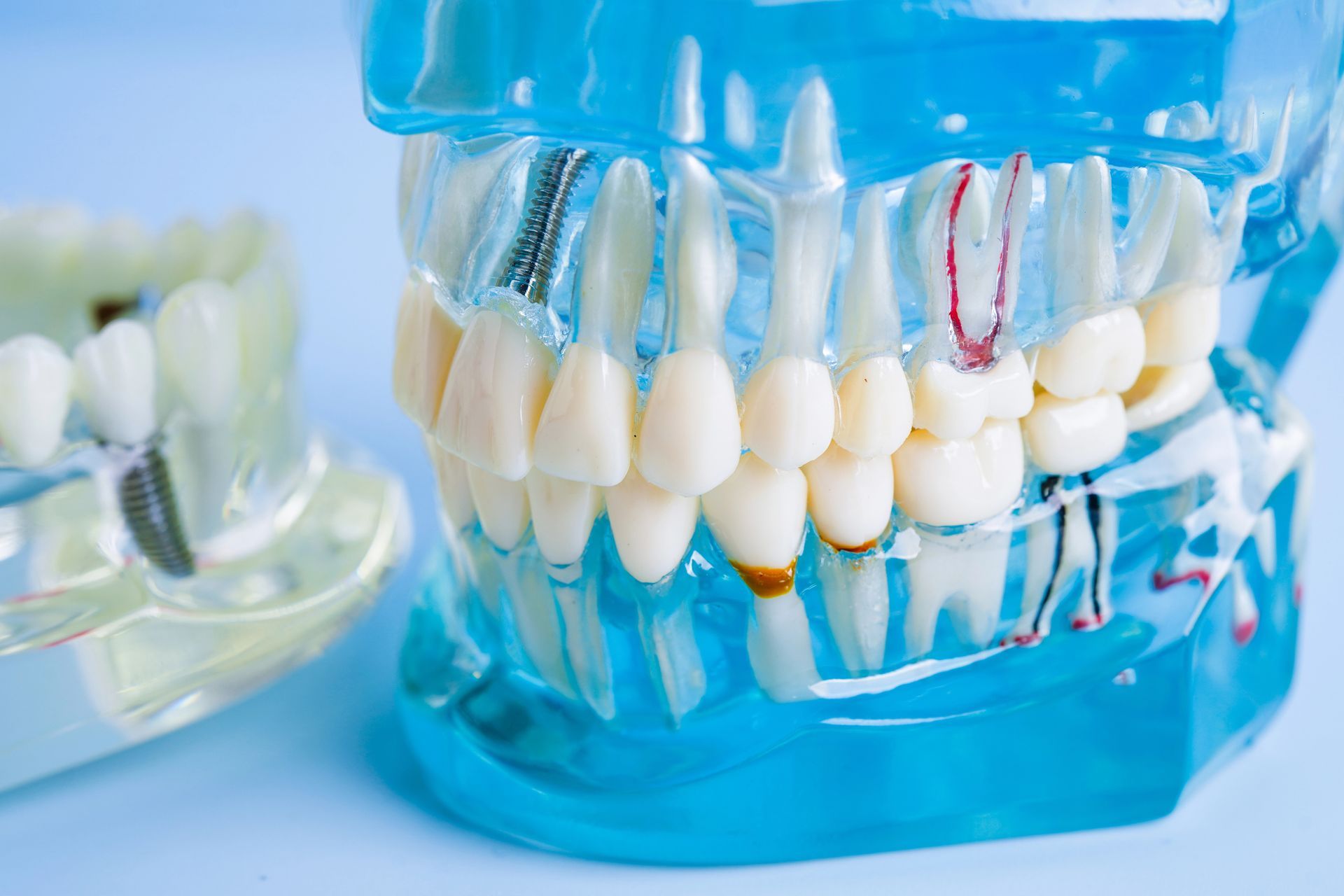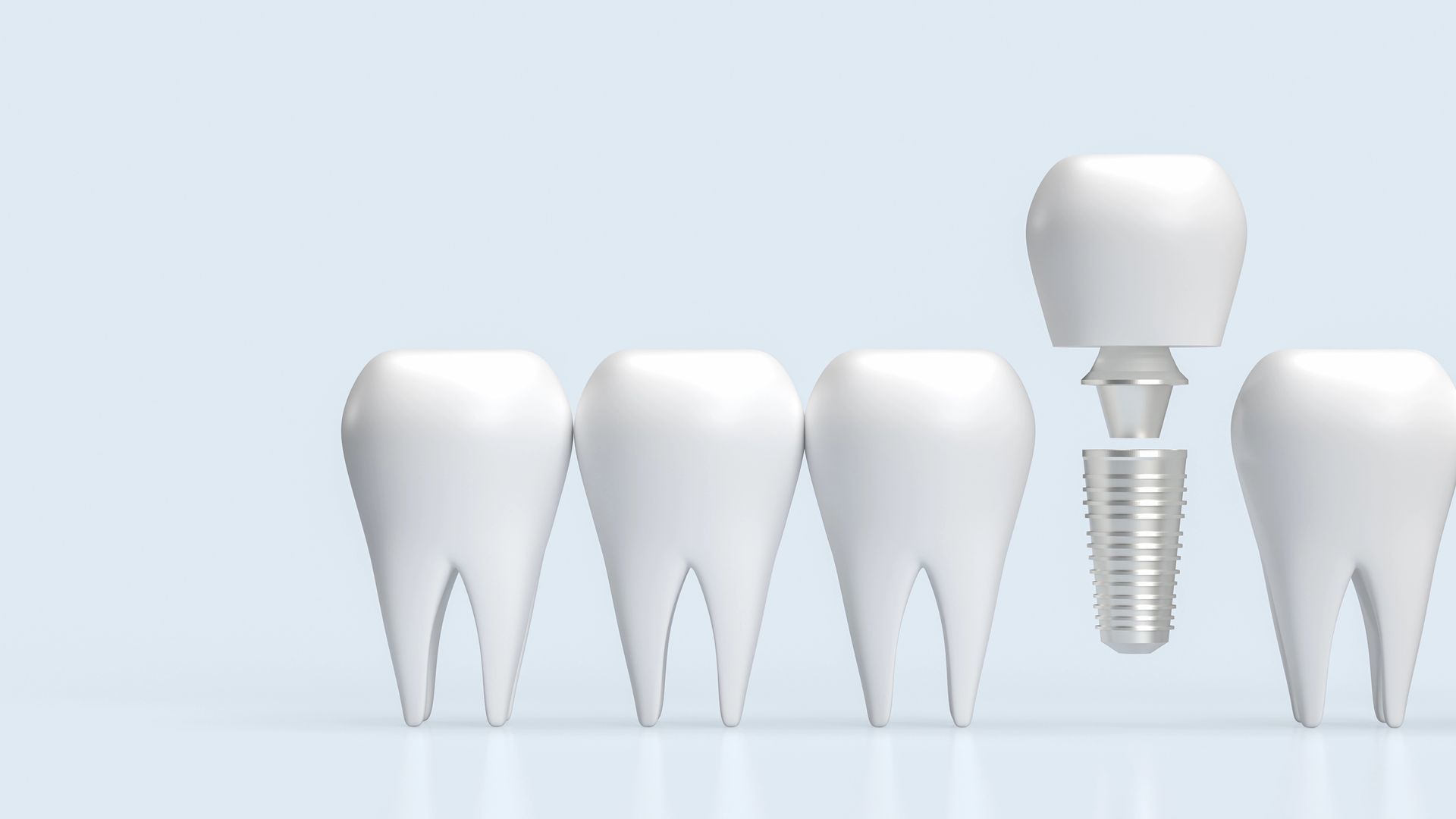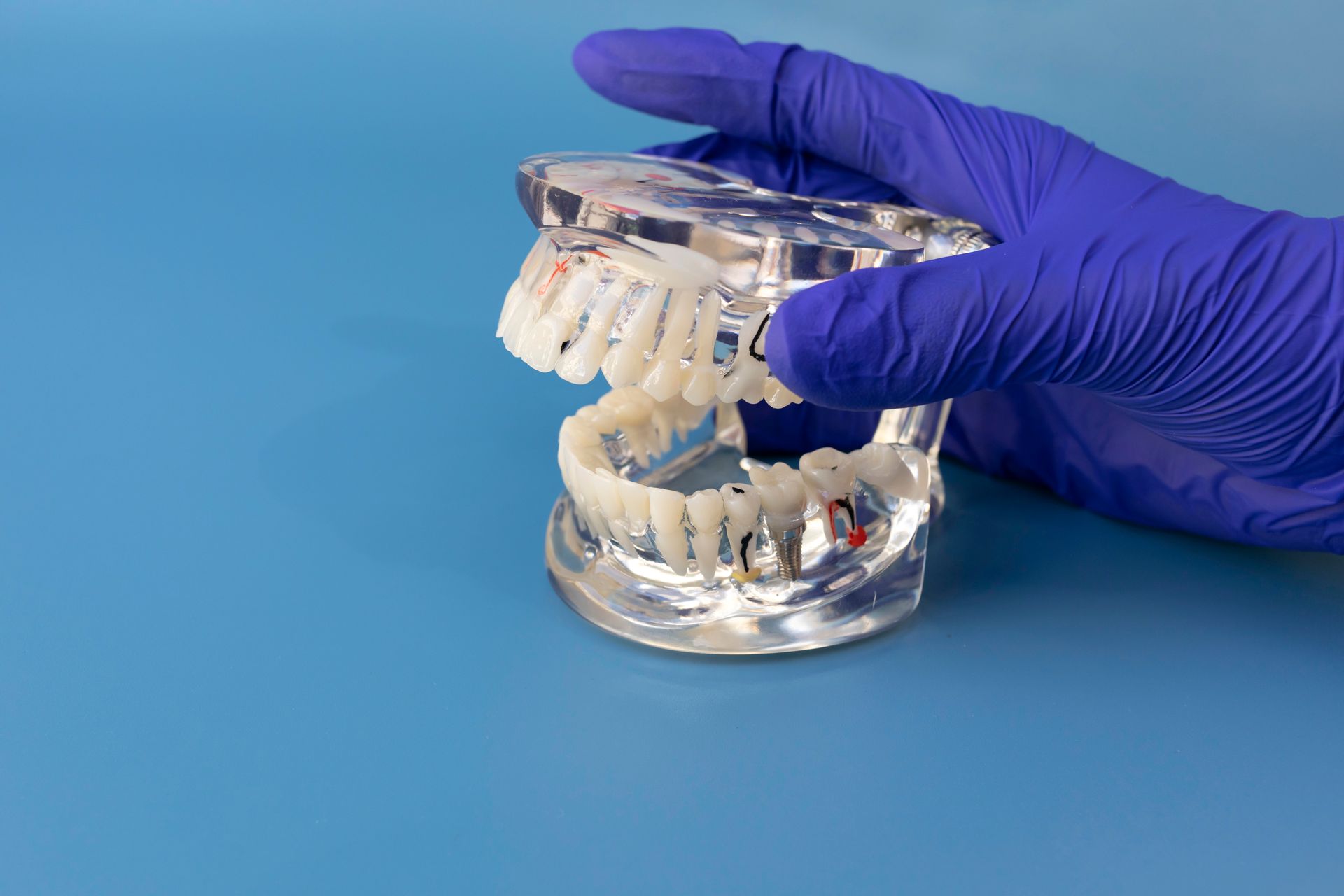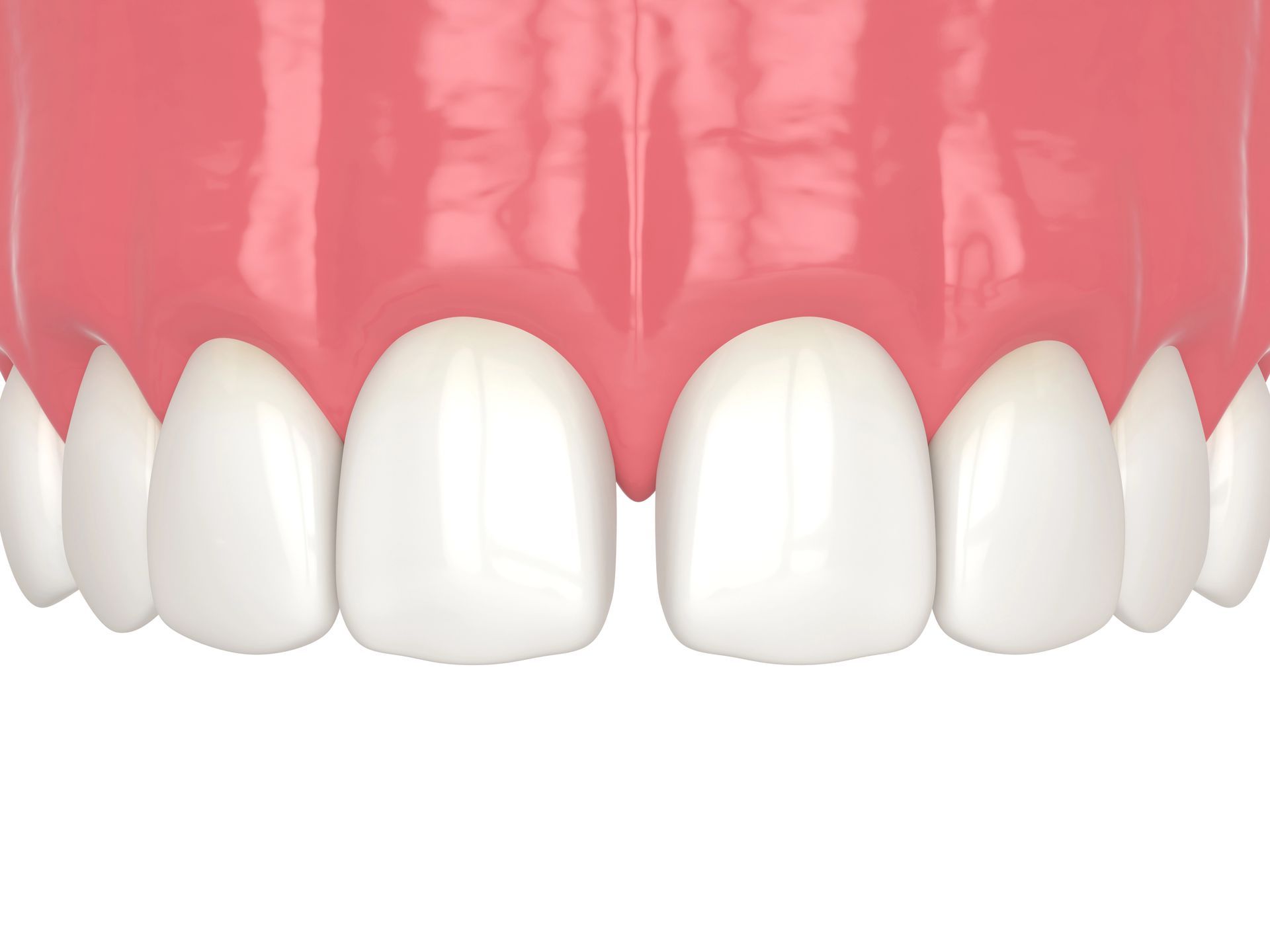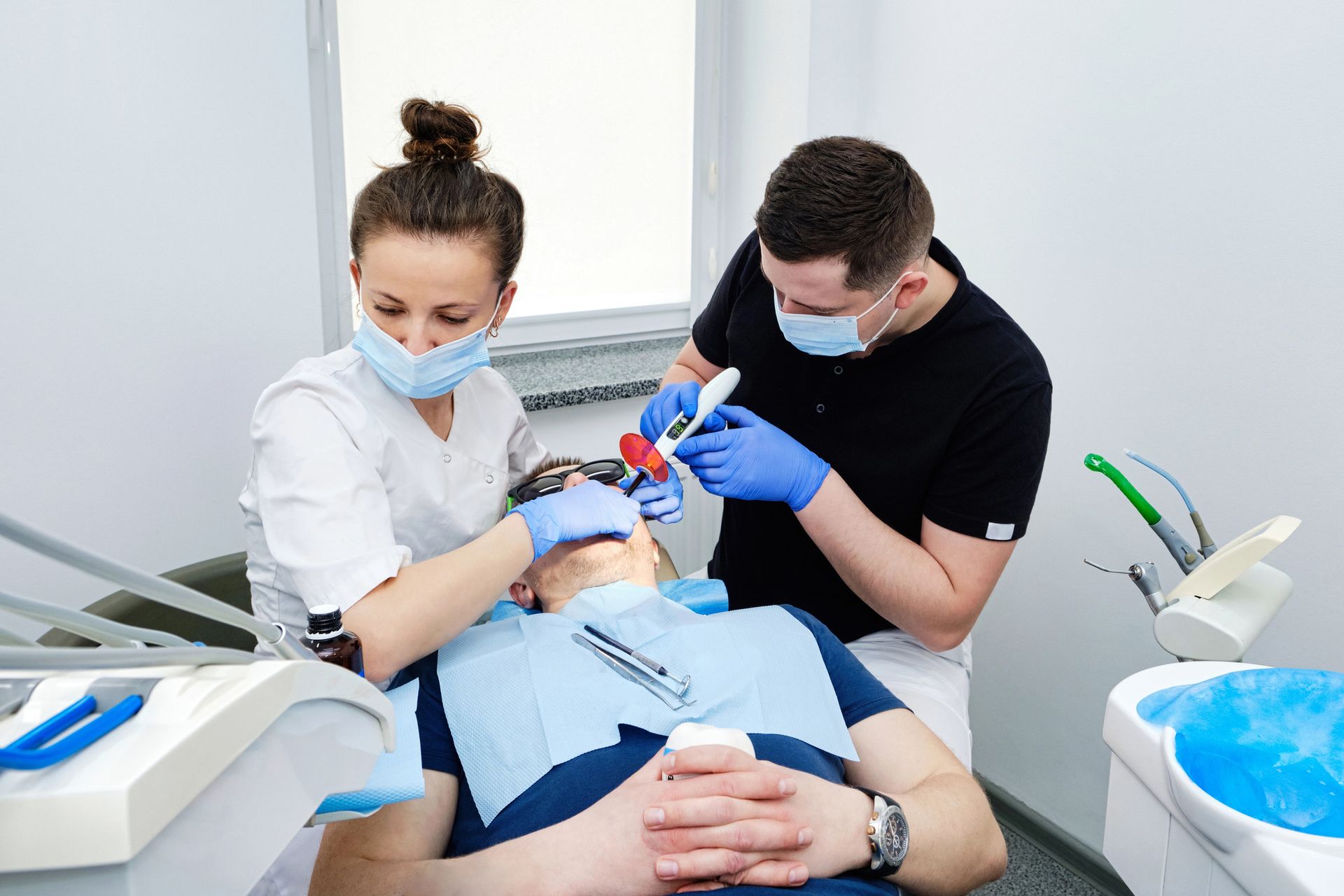Are you wondering about the permanence of teeth whitening by dentists and whether you can maintain a white smile? While the effects of professional teeth whitening can be significant, the duration of the whiteness varies based on individual habits and oral hygiene. Generally, the results are not permanent, and the longevity of the whiteness can differ from person to person.
Understanding Professional Teeth Whitening
When considering teeth whitening by dentists, it's essential to grasp what professional teeth whitening entails. This procedure is typically performed in a dental office, where dentists use specialized techniques to achieve a brighter smile. Unlike over-the-counter options, professional whitening provides a more controlled and potent treatment, allowing for significant color change in a shorter amount of time. The process involves the careful application of a whitening agent to the teeth, which is then activated by a specific type of light or laser to enhance its effectiveness.
For those curious about the longevity of such treatments, exploring the concept of
Teeth Whitening Permanence: Can You Maintain a White Smile? can provide deeper insight. It's important to understand that while the immediate results can be quite dramatic, the duration of the whiteness can vary based on several factors including diet and oral hygiene practices. Professional teeth whitening by dentists is a popular choice for those seeking to brighten their smile in a significant way.
Types of Professional Whitening Treatments
When considering teeth whitening by dentists, it's important to understand the various professional treatments available. Dentists typically offer several methods that can effectively brighten your smile, each utilizing different technologies and procedures. The choice of treatment may depend on factors such as the degree of discoloration, the patient's dental history, and specific aesthetic goals. These professional services are performed in a controlled environment, ensuring safety and tailored results according to individual needs.
For those interested in exploring their options for a brighter smile, consulting with a dental professional is a crucial step. To learn more about what might be right for you, consider visiting
Affordable Teeth Whitening Columbia for further information on professional teeth whitening services.
Benefits of In-Office Whitening
When considering teeth whitening by dentists, one of the primary advantages is the professional care and expertise provided during the procedure. In-office whitening treatments are conducted by trained dental professionals, ensuring that the process is safe, effective, and tailored to meet individual needs. This professional approach helps to achieve significant whitening results in a controlled dental office environment, where the health and safety of the patient's teeth are closely monitored.
How Laser Teeth Whitening Works
Laser teeth whitening is a popular procedure offered by dental professionals to help patients achieve a brighter smile. This method involves the application of a whitening agent on the teeth, which is then activated by a laser. The laser enhances the effectiveness of the whitening agent, allowing for quicker and more noticeable results compared to other teeth whitening methods. This process is generally performed in a dental office, ensuring that it is conducted safely and under professional supervision. For those interested in exploring teeth whitening by dentists in their area, consider visiting Columbia Dentist at Design Dentistry Columbia for more information.
Custom Tray Whitening Explained
Custom tray whitening is a method used by dental professionals to enhance the brightness of teeth. This procedure involves the use of a tray specifically designed to fit snugly over a person's teeth. The tray ensures that a whitening agent is evenly distributed across the teeth's surface, aiming for a uniform change in color. This approach is tailored to individual dental structures, which helps in achieving specific aesthetic goals related to tooth coloration.
Zoom Whitening: Pros and Cons
When considering teeth whitening by dentists, Zoom Whitening stands out as a popular choice for those seeking a brighter smile. One of the major advantages of Zoom Whitening is its quick results; typically, the procedure takes about an hour in the dentist's office, making it ideal for busy individuals. Additionally, the results are immediately noticeable, often making teeth up to eight shades lighter. However, there are some downsides to consider.
Some patients experience tooth sensitivity or mild discomfort during and shortly after the treatment. The cost can also be higher compared to other whitening methods. Overall, Zoom Whitening offers a fast and effective solution, but it's important to weigh these pros and cons with a dental professional to determine if it's the right option for your smile enhancement goals.
Sensitivity After Teeth Whitening
Experiencing sensitivity after undergoing teeth whitening by dentists is a common side effect for many individuals. This discomfort typically arises because the whitening agents used during the procedure can temporarily expose the microscopic channels in your teeth, leading to increased sensitivity to temperatures and certain foods. However, this sensitivity is usually short-lived, lasting only a few days post-treatment.
Dentists often recommend using sensitive-formula toothpaste and avoiding extremely hot or cold foods during this period to manage and minimize discomfort effectively. By following your dentist's aftercare advice, you can enjoy your brighter smile with minimal discomfort.
Maintenance Tips Post-Whitening
After undergoing teeth whitening by dentists, maintaining your new, brighter smile is crucial. To extend the longevity of your whitening results, avoid staining agents like coffee, red wine, and tobacco. Regular brushing and flossing are essential, and using a whitening toothpaste can help manage surface stains. Additionally, consider scheduling touch-up treatments with your dentist every 6 to 12 months, depending on their recommendation. By following these simple maintenance tips, you can enjoy your whiter smile for a longer period.
Cost Comparison of Whitening Methods
When considering teeth whitening by dentists, it's essential to evaluate the cost-effectiveness of various methods available. Professional in-office teeth whitening is often viewed as the most reliable and quickest way to achieve a brighter smile, but it typically comes with a higher price tag compared to over-the-counter kits or at-home bleaching systems prescribed by dentists.
The initial investment for in-office treatment can vary significantly depending on geographic location and specific dental practices, but the results are usually immediate and long-lasting. Comparatively, take-home kits provided by dentists offer a more affordable option with gradual results, while still leveraging professional-grade products. Understanding these cost differences helps in making an informed decision that aligns with both your dental health goals and budget.
Conclusion
For more insights on teeth whitening by dentists, feel free to
read reviews on Google Maps or call us at
803-667-3919.

